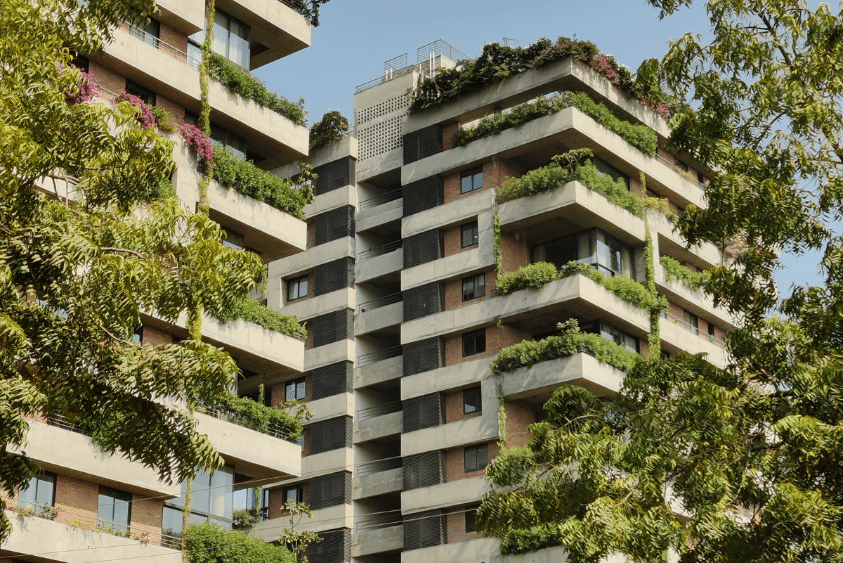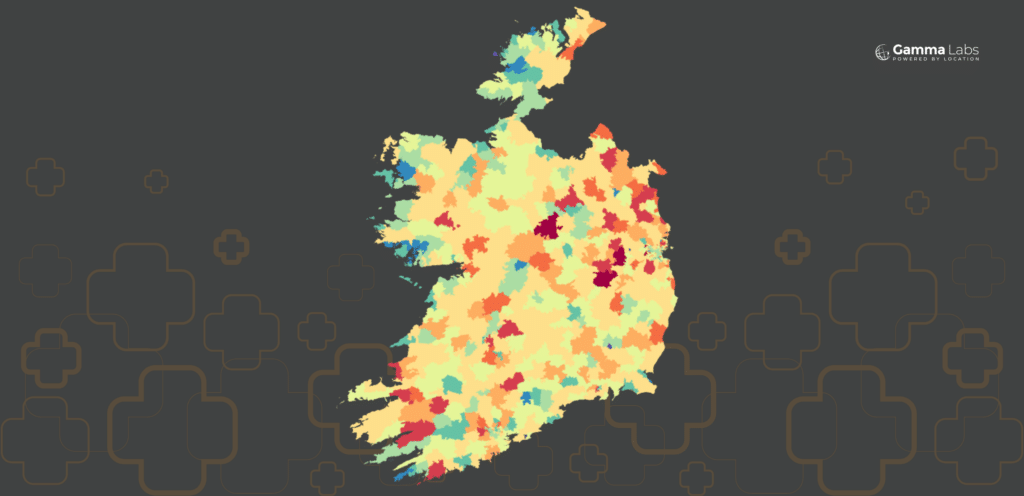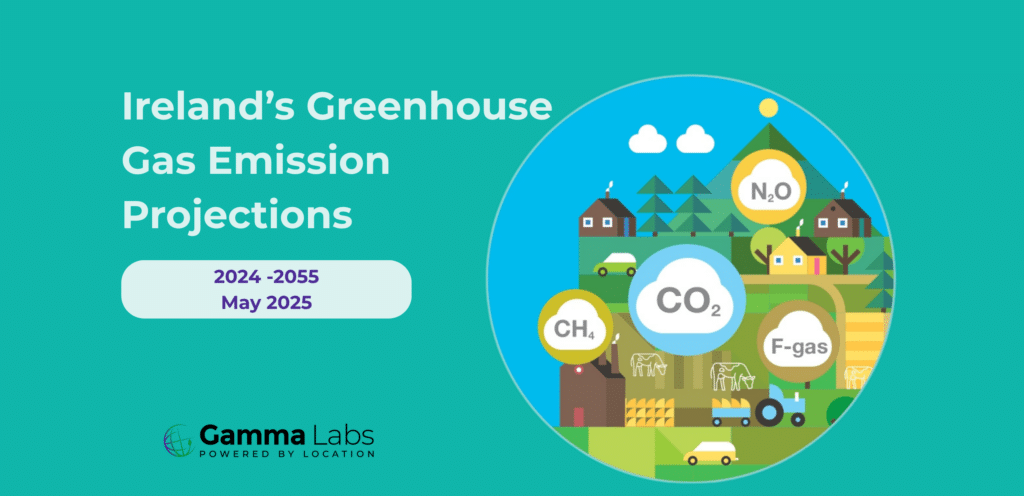Building Renovation Passports and the Path to Greener Homes in Ireland
The European Union is pushing forward on its commitment to reduce emissions in the building sector. A central element in this strategy is the Building Renovation Passport (BRP), a structured roadmap that guides owners of both residential and non-residential buildings through phased energy upgrades. As part of this effort, the One Click Reno (OCR) project – supported by the EU LIFE Programme – is piloting tools in multiple countries, including Ireland.
One of the key tools supporting this in Ireland is BERWOW, an online platform that helps users plan home energy renovations using real building data. BERWOW is currently used by intermediaries such as SSE Airtricity and Bank of Ireland to support their customers in identifying and understanding energy upgrade options. Now, it’s being explored in the context of national renovation planning as a practical interface for BRPs.
What Is a Building Renovation Passport?
A Building Renovation Passport is a dynamic tool that provides building owners with a personalized, step-by-step plan to renovate their property over time. These roadmaps go beyond one-off upgrades, promoting deep, phased renovations based on real data — improving energy efficiency, comfort, and carbon savings while aligning with national and EU climate goals.
Under the revised Energy Performance of Buildings Directive (EPBD), all EU member states are required to establish national renovation passport schemes by May 2026. The objective is to make energy renovation more visible, trackable, and accessible, helping citizens reduce energy bills, improve comfort, and align with climate goals.
Ireland's Role in the OCR Project
Ireland is one of five pilot countries participating in national demonstrations within the broader One Click Reno (OCR) project, alongside the Netherlands, Spain, Italy, and Greece. In this project, the Irish implementation is led by Gamma Labs in partnership with IHER Energy Services. Their focus is on developing a practical BRP tool tailored to local needs and policy contexts.
In June 2025, Gamma Labs and IHER hosted an online OCR workshop to present a draft version of both the Irish BRP data model and Renovation Passport design and to seek feedback.
The online session brought together key Irish stakeholders – starting with government bodies such as SEAI and the Department of Housing, which have statutory obligations to implement BRP schemes; followed by One Stop Shops, energy suppliers, and financial institutions. These intermediaries play a key role in enabling energy upgrades and in guiding homeowners through financing and decision-making. Their input is essential in designing a passport that fits the Irish housing stock, market dynamics, and regulatory framework.
Key Survey Results: What Should a Renovation Passport Include?
During the workshop, participants were asked to assess the relevance of both mandatory and optional indicators to be included within the renovation passport.
The survey revealed that the most important elements include basic energy performance data, expected savings in fuel and carbon emissions, and access to funding and expert guidance. A clear visual roadmap showing stages of renovation was also seen as essential. Other key indicators noted were the rules for phasing out fossil fuels, the circularity of construction products, and the need to account for whole-life cycle greenhouse gas emissions, highlighting the importance of aligning the passport with broader environmental and policy objectives.
Optional features such as cost estimates, payback periods, and indicative timelines were rated highly. These elements support planning and help manage expectations.
Respondents also suggested including newer topics such as grant expiry dates, integration with other building improvements (like flood-proofing or space reconfiguration), and records of recent renovation work. The aim is to make the passport not just a technical report but a living planning tool that reflects the broader context of home improvement.
This feedback reinforces the need for passports to be more than just static documents. To be useful, they must simplify complex data and provide a coherent sequence of actions that users can understand and act on.
BERWOW’s Role in BRP Development
While BERWOW was not originally built as a renovation passport tool, its structure aligns well with the core objectives of a BRP. The BERWOW platform retrieves actual building data from the BER database and allows users to explore renovation options, view estimated costs, see energy and BER impacts, and compare financial returns.
As part of the OCR project, BERWOW is being adapted to include a new interface with a “BRP” tab. After answering a short questionnaire, users will be able to access a personalized renovation timeline based on their preferred goals and available budget. The roadmap will break down suggested improvements by year and measure, helping users see both the technical steps and expected outcomes over time.
BERWOW is already being used by intermediaries such as SSE Airtricity and Bank of Ireland to support customers in planning energy upgrades.
The OCR project demonstrates how platforms like BERWOW could support a national BRP implementation, provided they meet regulatory requirements.
The Strategic Role of Intermediaries
One of the key takeaways from the workshop is that intermediaries – such as banks, one stop shops, energy suppliers and government services – are essential to the success of any renovation passport. These organizations are often the first point of contact for homeowners considering renovation. They provide not only financial support but also guidance, credibility, and technical assistance.
For this reason, the BRP must be designed with their needs in mind. The visual layout, clarity of recommendations, and ease of integration into existing customer journeys will affect how widely the passport is used and how much trust it can generate. It also opens the door to linking BRPs with mortgage offers, green loans, or bundled retrofit services.
Challenges and Opportunities
While the renovation passport is a promising concept, it also comes with practical challenges. One issue is balancing detail with usability. Too much information can overwhelm users, while too little can make the passport seem generic or irrelevant.
Another consideration is maintaining the passport over time. As buildings change and new technologies emerge, the BRP must stay up to date. This requires a clear governance model, data sharing protocols, and possibly digital platforms that allow continuous updates.
There’s also the challenge of coordination. For the BRP to work at scale, various actors—homeowners, suppliers, certifiers, and finance providers—need to align their efforts. This raises questions about training, quality assurance, and the role of public agencies like SEAI in managing the process.
Policy Direction and Institutional Support in Ireland
The workshop also featured contributions from government departments and industry groups on the development of a national renovation passport scheme. Participants acknowledged the need for a framework that is easy to understand, compliant with major renovation guidelines, and aligned with Energy Performance of Buildings Directive (EPBD) requirements. Institutions highlighted the importance of clear user communication, especially in helping homeowners understand the benefits and sequence of energy upgrades over time.
The Department of Housing highlighted that renovation steps will need to comply with Major Renovation guidelines, including Indoor Air Quality (IAQ) considerations. In parallel, the Irish Green Building Council is developing a BRP for the non-domestic sector, stressing the importance of clear terminology, building-specific guidance, and real-life examples to support decision-making.
Conclusion
As Ireland prepares to meet the 2026 deadline for implementing a national renovation passport scheme, tools like BERWOW offer valuable insights into how this vision can be translated into practice. Feedback from the OCR workshop shows a strong appetite among intermediaries for roadmaps that are clear, actionable, and grounded in real data.
If well-designed, the renovation passport has the potential to shift how we approach home and non-residential building improvement. By replacing fragmented advice with a structured plan, it helps building owners make informed decisions aligned with long-term comfort, energy savings, and emissions goals. For policymakers and industry, it offers a framework for coordination and progress tracking.
The challenge ahead is to align policy, technology, and user needs – transforming renovation from a reactive task into a strategic, future-oriented process.




